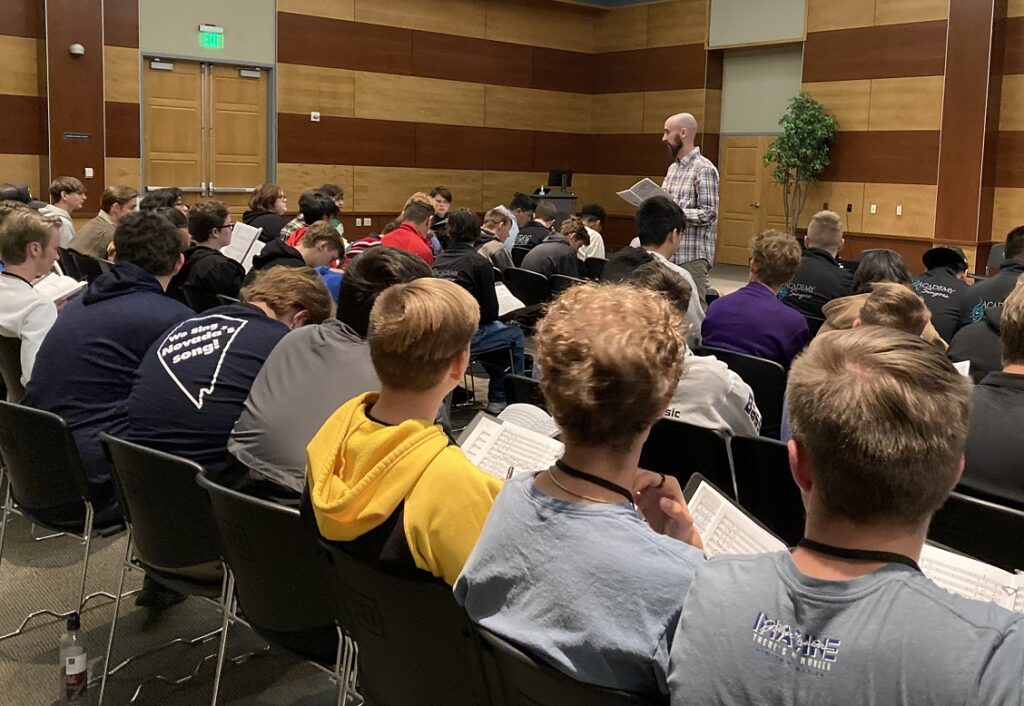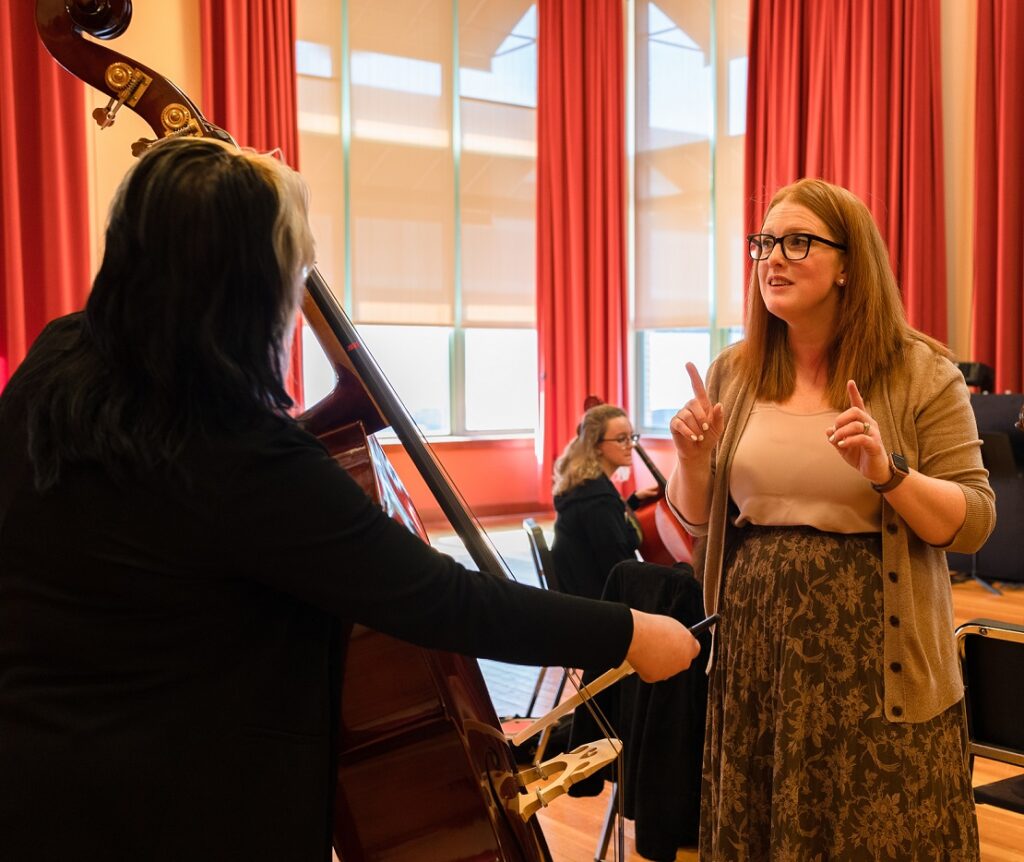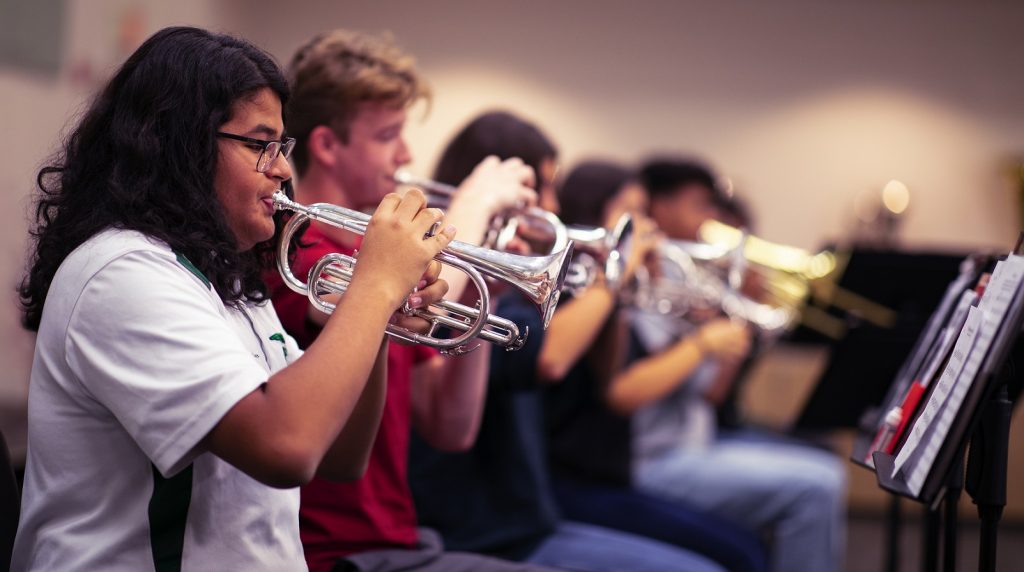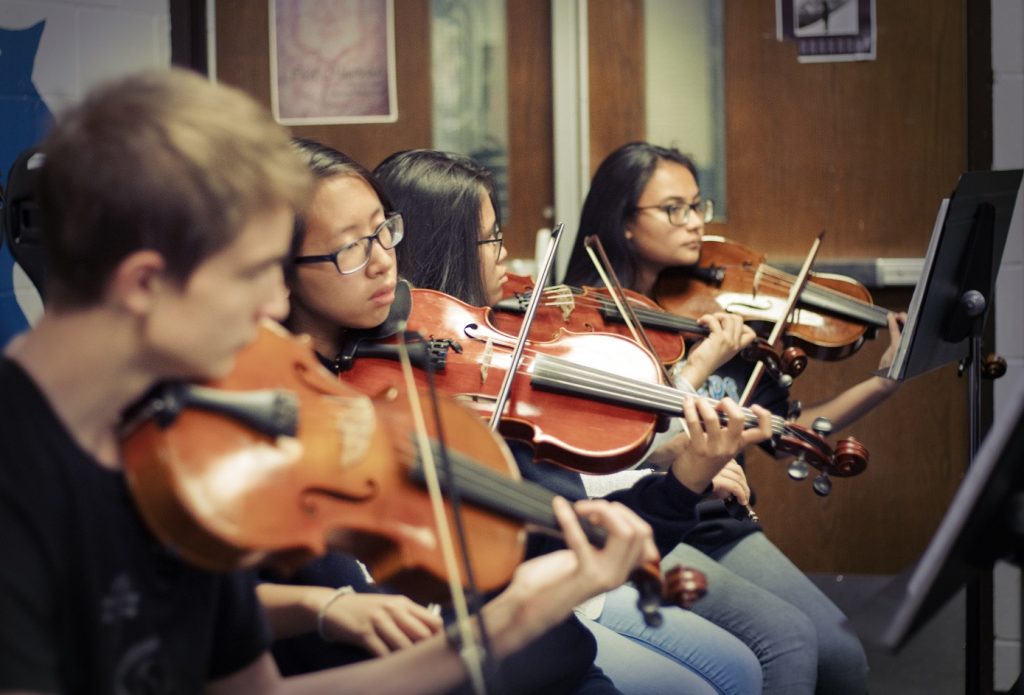Tagged Under:
Metacognition in the Music Classroom
Help students become more aware of their thinking process as they assess their performance to become independent musicians.
The term “metacognition” may not have much of a ring to it, but as a teaching tool it hits all the right notes. Particularly in music classrooms. Joshua Race, Director of Bands at Fountain-Fort Carson High School in Fountain, Colorado, doesn’t teach without it.

“Metacognition is a person’s awareness of their own individual thinking process and understanding of their own learning,” explains the music educator, who was introduced to the concept early in his teaching career and dove in deep in 2015 for his final project for his masters in music education from Adams State University. “In a music classroom, students are cognizant of their individual contributions and their own performance level compared to those around them. They also know how to identify deficiencies and strengths in their own performance and the ways in which they’ll address those strengths and areas of improvement on their own without being told by the director.”
The way Race see it, he’s not just a band director. “I not only teach kids how to correctly play their instruments, I then expand on their technical and musical development over the years,” he says. “I also change the way kids think in general. How they think about themselves, how they think about school, how they think about learning and most importantly, how they learn how to think. As my first principal and at La Junta Jr./Sr. High School Paul Jebe so eloquently said, ‘I am not here to teach kids music. I am here to teach kids through the medium of music.’”
Race likes the challenge of teaching and being able to see students grow as musicians and people. He always tells them, “Music doesn’t care who you are, where you’re from, how much money you have or the color of your skin. It just wants to be played.”
To implement metacognition, Race advises relentlessness in the pursuit of a classroom where students are actively and mentally engaged in the rehearsal process, not regurgitating performance ideals barked from the podium. He uses the processes outlined in “Encouraging Metacognition: Supporting Learning Through Metacognitive Teaching Strategies” by Patricia Liotta Kolencik and Sheila A. Hillwig and recommends the following steps.
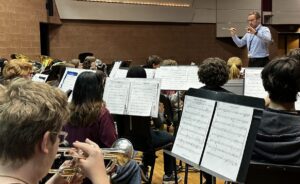
1. Always Question Everything
Because metacognition is not tangible, a teacher doesn’t know for certain if students are using its strategies in the classroom. Students should be taught how to question themselves and the processes in which they perform. Race says to stop dictating what is happening. Don’t say things like:
- “You’re playing too loud.”
- You missed that B-Flat.”
- “This is legato style music, and what you’re playing is too choppy.”
Open-ended questions are much more effective to encourage metacognitive thinking, Race explains. The questions should be targeted for a specific problem and continually get more difficult to address more complex issues. This is known as scaffolding questions.
“With scaffolding and targeted, intentional questioning, we can teach students how to begin to think about the process of music preparation and achieving a higher level of performance rather than ‘just being told what to do’ by the director,” reports Race.
For example, when he stops the group and asks, “Why did I stop?” it forces students to think about what was happening throughout the rehearsal, rather than just going through the motions of playing their instruments or singing and the director constantly telling them where they made a mistake and how to fix it.
The following is a scenario of scaffolding questions with students using reflective, critical thinking to reinforce metacognitive learning.
- Teacher: “Is this horizontal or vertical music?”
- Students: “It’s horizontal music.”
- Teacher: “What makes you say that?”
- Students: “It’s smooth and connected and slurred, it’s not strict time.”
- Teacher: “Where have you seen this before?”
- Students: “Chorales during warm-ups.”
- Teacher: “How do you play horizontal music?”
- Students: “Chorale-style playing, smooth and connected and we can’t breathe at the same time as someone next to us.”
- Teacher: “What are the big four ideas while you’re performing this chorale-style music?”
- Students: “Tone quality, intonation, balance and blend.”
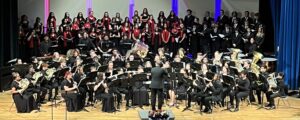
2. Involve Everybody
Race recommends questioning the entire class, and cold-calling on individuals throughout the discussion to keep students engaged and focused on the conversation. He emphasizes that educators are responsible for demonstrating effective questioning skills to help promote pathways to critical thinking, and eventually metacognitive thinking, in their students’ learning process.

3. Reinforce the Questioning
Once students have learned a skill — chorale-style playing in this case — it’s imperative to reinforce the concept. When Race notices the group not adhering to the performance qualities defined for chorale-style playing, he stops the ensemble and asks, “Why did I stop you?”
This promotes assessment and reflection of what the students just did, why they were stopped and how they will correct it. Reflection is key to metacognitive thought processes.
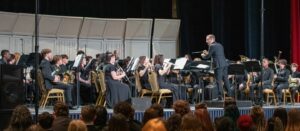
4. Reflective Writing
Another important part of having students more aware of their learning and thought processes is writing. Race, who was recognized as a Yamaha “40 Under 40” educator, uses reflective writing to connect thoughts to a physical, tangible object.
His students assess performance and/or rehearsal recordings aurally with a scoring rubric that aligns with state performance assessments. They write what went well and what did not for both the ensemble and their own performance followed by the steps required to fix areas that need to be addressed. Writing also gives Race the chance to see how students are thinking — he compares it to a math teacher insisting that students show all their work.
Writing is a powerful tool but should be used sparingly since most students don’t want to do that in a music class. No time? Have a reflective dialogue. Always engage their thinking skills, Race stresses.
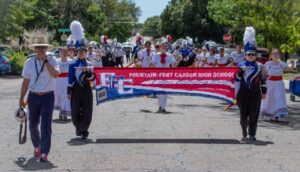
5. Assessment
Typically, music teachers have more years with students and teach content that necessitates constant formative assessment. The music classroom environment is a safe space where students can discuss feelings and what they are thinking. That’s how Race has built long-term relationships that allow him to impart new ways of learning and observe whether students are developing new thinking skills.
“Once my kids are used to constantly assessing themselves, those around them and the ensemble as a whole, they’re able to immediately tell me what’s wrong before I even have a chance to ask, ‘Why’d I stop you?’” says Race.
Some music educators may say that their students already assess themselves and know why they were asked to stop playing. Race counters, “Do students really know why you stopped them? Because every time you stop them, you tell the saxophones that they’re playing too loudly, and now they’re just saxophone-playing parrots.”
Race wants these students to already know that they were playing too loudly because they were thinking about it and listening. He says that in this situation, music educators must ask themselves, “What am I doing to make sure my students are assessing their playing and adjusting their volume on their own?”
Assessment is critical, maintains Race, and students should be used to performing in front of the teacher and the rest of the class in an environment where they feel safe to do so. Teachers should recognize the student performance, and then ask the class, “What is one thing Johnny did really well, and why?” and then “What is one thing Johnny could fix, and how?”
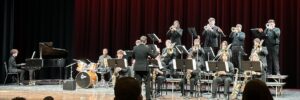
6. Patience and More Patience
It’s challenging to teach and promote metacognitive practices in the classroom, and it takes a lot of time. The more that is done early on, the less scaffolding and guiding questions will be needed later. “I really structure my freshmen classes with heavy discussion and thorough scaffolding,” explains Race. “By the time they’re upperclassmen, I do much less because students are more comfortable and used to the way we work in class.”
Music teachers should not give the answers, Race says. Instead, make students think about it and how to achieve it.
Too many directors stop a group and say, “Trombones! That articulation needs to be much lighter!” rather than stopping and asking, “Why did I stop you?” If the group doesn’t know, the director could say, “We’re going to play that passage again, and I want you to tell me which section is not matching the articulation of the rest of the band.” Frequent practice keeps students actively engaged and self-assessing their performance, section and the entire ensemble
Race’s objective for students is to develop a love and appreciation of music — something that they will take with them past their high school years. Race sees a very small percentage of students pursuing music after graduation but hopes that each one of them will look back and remember their time in his program and smile.
“My goal as an educator is to keep growing and getting better so that I can deliver the best instructions to my students and my colleagues, and to continue to share my passion with students,” Race says. “Metacognitive teaching and reinforcement are subtle. You can’t tell your kids, ‘OK, let’s practice our metacognitive skills today!’ But you can encourage critical thinking by offering guided questions and eventually their brains will start working in a different way in your classroom, in their other classes and in their lives.”











